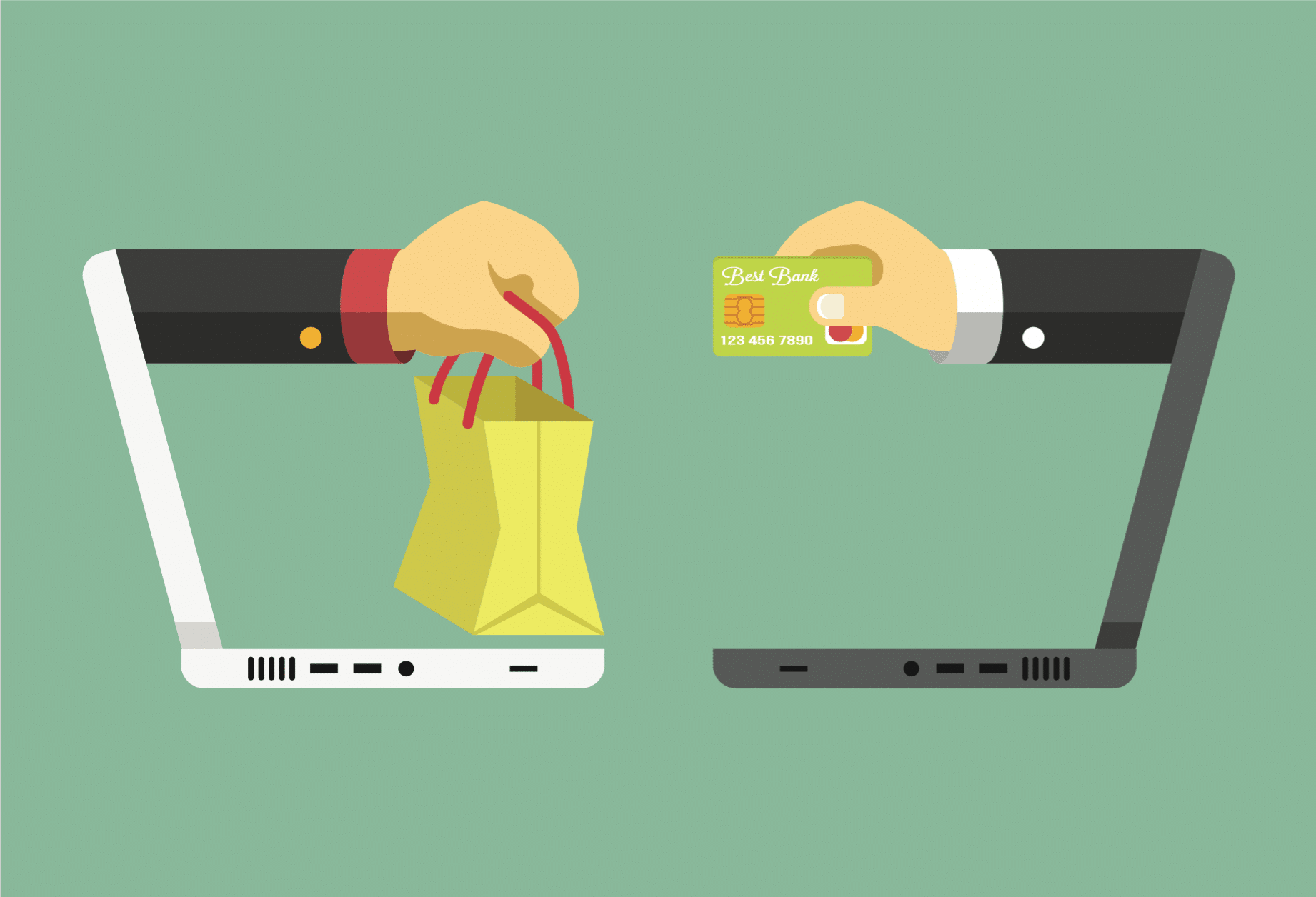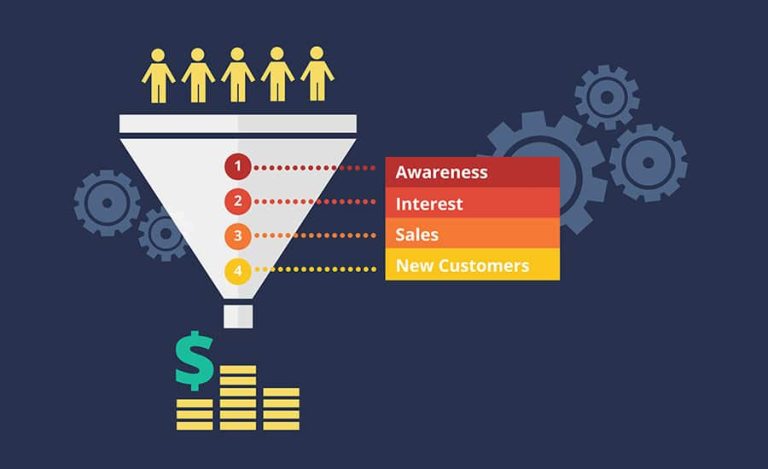Over the years in working with clients to build their websites and eCommerce sites, I’ve noticed that many people continue to be overwhelmed with the amount of technical information they need to understand for their eCommerce site.
Many of them have approached me to help improve their situation and others are just looking for guidance on how they can do it themselves.
The answer isn’t always simple, but I began to notice a few recurring trends that many eCommerce businesses weren’t aware could improve their conversion rate for a relatively reasonable time investment on their part.
I know that eCommerce can sometimes be a bit difficult to get your head around what works and what doesn’t.
With that thought in mind, I sat down and had a think about some of the top changes that businesses can make and made them into a list you can follow.
Have a quick read of these 8 eCommerce changes to drive your sales.
1. Seamless checkout process
Customers are fickle creatures and would rather buy your product or service somewhere else if they can do it with much less hassle and effort.
Here are some ideas to improve your checkout process:
- Allow customers to purchase as a guest without creating an account. Not everyone has the time, patience or inclination to create an account on your website. They may just want to purchase, leave and come back later
- Give customers a choice with payment options eg. PayPal, credit cards. The less options, the less likely people are to complete payment if you don’t have their preferred payment method available
- Make sure the pages you require people to fill out during checkout are relevant to the purchase and flow logically eg. don’t ask them to complete a personality profile for your marketing database in the middle of paying.
2. Display shipping options clearly
Shipping options are the hidden cost of any eCommerce purchase. You absolutely do not want your customer to be surprised by the shipping cost and/or options at checkout right before they commit to paying.
Shipping options should be prominently displayed on the website and clearly articulated on a shipping options page for customers to find out before they reach checkout.
You should also make sure you promote special offers like Flat rate or Free shipping to encourage sales.
3. Create urgency in the first purchase
This is a simple strategy and it essentially plays on people’s Fear of Missing Out (FOMO). By creating urgency to the purchase, the customer is more likely to buy so they do not miss out on the product or service.
You can create this by offering or showing:
- A clock counting down to the end of a sale
- A limited number of products left at a sale price
- Product or service limited to a specific number of people that get in first
- Show percentage or dollar value saved with sale amount.
4. Add customers to an email list you communicate with regularly
Collecting someone’s email address or having them sign up to your newsletter is great. But! You actually need to do something with it for it to be of any value to you.
Communicating regularly with customers that sign up to receive your newsletters or product emails is essential to keeping your customer lead warm, and brings them back to you when they are ready to buy.
The information you send them should be both relevant, helpful and informational rather than just bombarding them with “buy me now” offers.
You could consider communicating with customers about recommended products for them based on their purchase history, asking for reviews after purchases, offer birthday specials, product specific information follow ups i.e. “tips for brewing the best tea” for a tea product or any topic which builds the customers knowledge about your product.
This generates trust, builds a relationship with your customer and establishes you as an industry leader in the customer’s mind.
5. Display trust markers
Trust markers are things people associate with a reputable business and a safe source to purchase items from online.
A lack of these items could indicate to the customer that you are not a legitimate business and may be out to scam them of their money.
This is not always the case (obviously!) with many scammers displaying shockingly accurate and legitimate websites. But from a customer’s perspective, a lack of these items means you may be portraying your business as untrustworthy.
Common trust markers include:
- Security badges for secure platforms and payment options
- Having an address
- Having a phone number
- Listing a physical location, not just a virtual location, that could take your money and disappear
- Using a payment gateway like Paypal that people trust and not an unknown payment gateway
- Having visa and mastercard icons displayed.
These are all items that people associate with regularly and which build familiarity and trust.
6. Good quality images of the products
Customers find it really hard to buy products online without first seeing, touching and inspecting it personally. This is why your imagery is so important.
No imagery will virtually guarantee no product sales – would you buy something you have not seen?
Poor, grainy or small imagery may still create sales for commodity products like peanut butter, socks, pots etc. this is because customers are familiar with these products and don’t need such an intense inspection or consideration before purchase.
Good quality images, from multiple view/angles or sizes should be used for any product where the purchase consideration is higher – basically anything that’s not an everyday purchase.
Customers want to visually inspect your product from up close and from all sides using your imagery to make sure they are comfortable with the quality and design of the product they are purchasing. If you can provide that, you are one step closer to a sale.
7. Detailed descriptions of products
As well as being important for SEO, your product descriptions can also be a deciding factor for your customers.
With so many options and choices available to customers, a detailed and well-written product description is really effective in convincing the customer you are the best business to purchase from.
Combining your good quality imagery with detailed and specific product descriptions shows your customer that you know what you are selling, you’ve spent time providing them with relevant information they need to know and you are committed to them becoming a customer.
8. Making the site navigation or search easy
With so many platforms now available from mobile to desktop and tablet devices, ensuring your site navigation is easy and seamless is really important. After all, if your customers can’t find the products they want, how can you expect them to buy from you?
Some quick fixes you can implement on your website to improve navigation are:
- Allowing people to filter products or search for what they are after
- Making the search results more accurate and relevant – listing every product variation available will simply confuse your customer
- Categorising or tagging your products logically will ensure your product filters and search results are more relevant to how your customers think about your products
So there you have it.
My top 8 eCommerce changes to drive your sales. These changes will not only improve your sale conversions, but will also improve your customer experience as well – which could also lead to repeat purchases.




